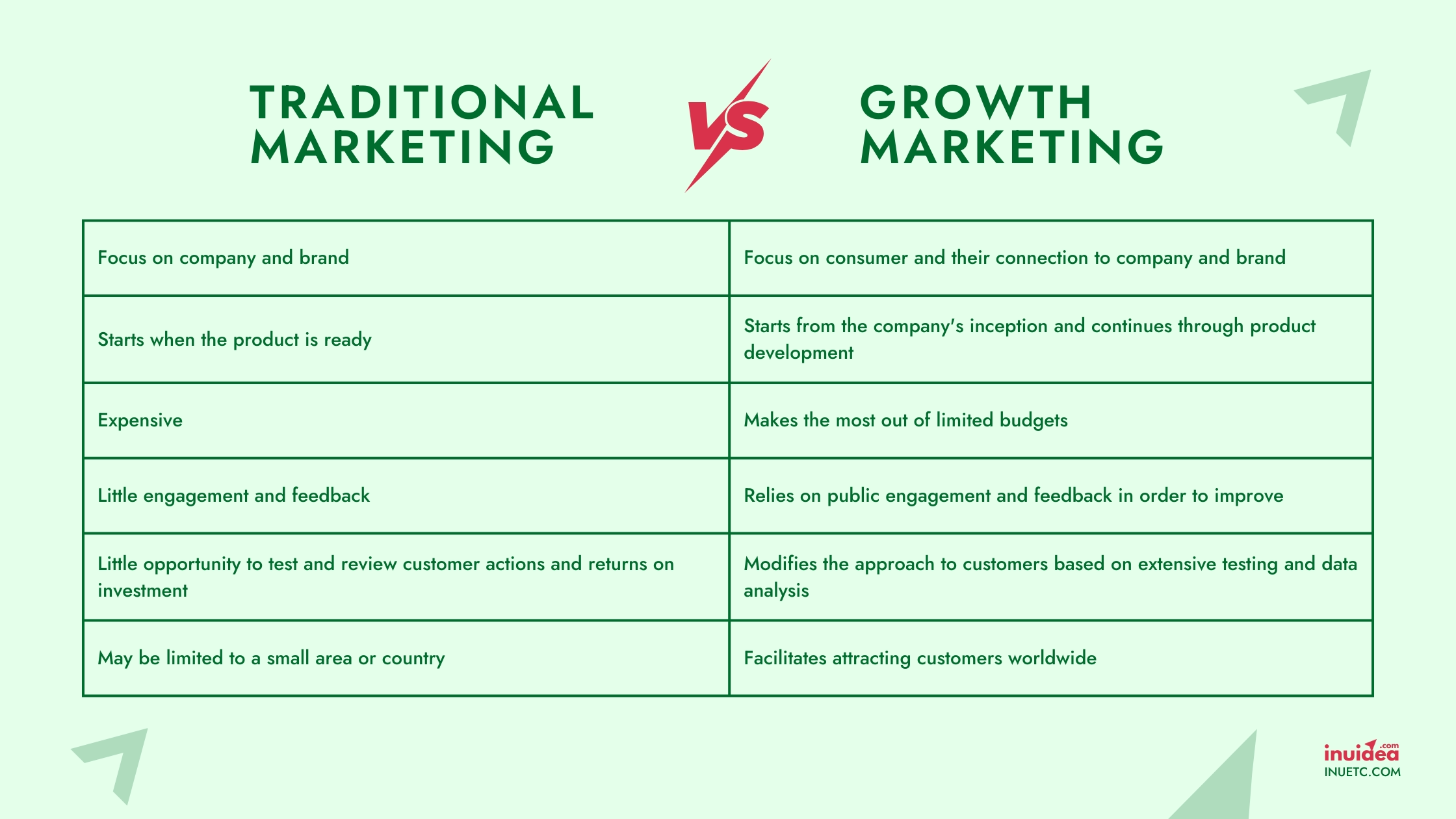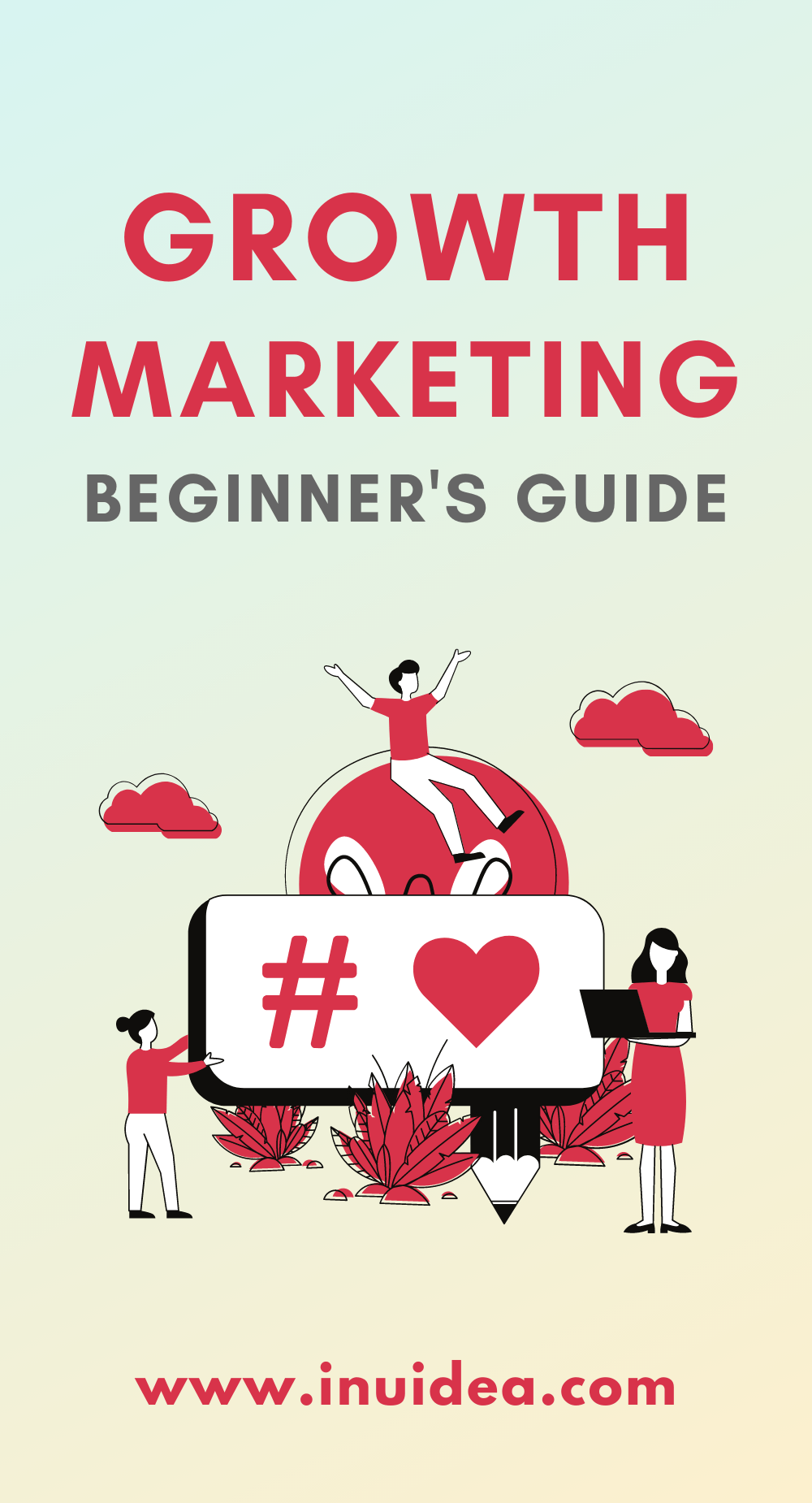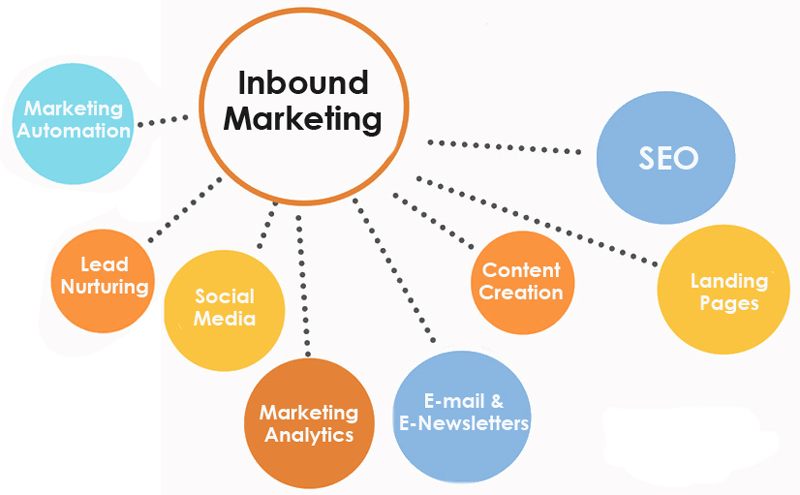Growth marketing is a customer-focused strategy for growing and sustaining companies. It uses constant testing, analysis, and marketing techniques to deliver results.
It developed out of the entrepreneurs’ need to extract more from their business tactics and marketing strategies to outdo the competition. Traditional marketing approaches are unsustainable for many small-sized businesses, as they often lack the resources required for optimal results.
New business owners learn early on that they have to conserve their cash flow. Their budgets are no match for already established companies. Yet, they still have to fund both their operations and branding efforts.
In a way, business owners are comparable to drill sergeants or successful coaches, continually pushing their recruits or players to achieve more. They always aim for the extra mile.
That’s the essence of growth marketing: changing, experimenting, customizing, and implementing various tactics to attract and retain customers.
Table of Contents
Differences Between Traditional Marketing and Growth Marketing
Since 2015, companies have spent more money on digital marketing than on traditional channels. That’s not to say that traditional marketing doesn’t work, because it remains useful.
Here is a breakdown of the two approaches and their connection to growth marketing:
Traditional Marketing
Traditional marketing refers to non-digital methods that have been in use since the emergence of advertising. It entails methods like:
- Print ads,
- Billboards,
- Brochures and flyers,
- Direct mail
- Broadcast advertising
- Telemarketing
- Event marketing.
It aims to create exposure through word-of-mouth, with the expectation that increased engagement will start conversations and turn listeners into customers. Also, public ads help build the company’s brand.
Going the traditional route poses many challenges to startups. For instance:
- It’s expensive and difficult to replace after the campaign starts;
- The only way to measure its effectiveness is through leads and sales;
- There’s not enough engagement;
- You have very few options for receiving feedback.
That’s why startups tend to opt for growth marketing strategies.
Read more: 31+ Proven Online Business Ideas – Money Making Ideas
Growth Marketing
Growth marketing emerged among startup and bootstrapping companies. Instead of focusing on the company, which doesn’t have an established brand yet, it concentrates on the customer.
It comprises methods like SEO, website development, and social media marketing, using affiliates, online ads, and email marketing campaigns. Marketers test, enhance, and apply their digital marketing techniques to their target customers.

Photo by growwithward.com – source
SEO and content marketing are powerful strategies for attracting customers at every stage of their buying journey. They are inexpensive and generate many sales leads for new companies while convincing existing customers to stay loyal to the brand.
The table below will summarize the differences between traditional and growth marketing:

The Benefits of Growth Marketing
Growth marketing delivers many benefits to your company. For one, you’ll achieve great results on a constrained budget.
Secondly, it grows your user base in a short period. Large numbers of followers mean a higher potential for sales, engagement, and product promotion. In turn, your customer base ensures a continuous stream of income for your company, despite it being a startup.
Finally, it allows you to test, research, and analyze your approach to become more effective. A streamlined process reduces money wastage and guarantees results.
Growth Marketing Vs. Growth Hacking and Inbound Marketing
Here are some most important differences between growth marketing, growth hacking and inbound marketing.
Growth Hacking
Sean Ellis created the concept of growth hacking in 2010, using what he calls “cross-functional experimentation” to achieve business growth. He added massive user bases to several companies, including his own, leading to billion-dollar valuations.
People tend to use the terms’ growth marketing’ and ‘growth hacking’ interchangeably. However, there’s a minimal difference. Growth marketing is a long process that ensures long-term stability, whereas growth hacking is a short-term attempt at boosting growth through faster implementation of tactics.
Startups have four growth strategies—product development and penetration, segmenting, and diversifying into new markets.
Challenges to Growth Hacking
As growth hacking became mainstream, the assumption was that it would give startups a better chance of survival. Fast growth was supposed to guarantee more time to stabilize down the line.
Unfortunately, several challenges persist. These are:
- developing and scaling the products;
- adding new employees that fit with the core team;
- finding experienced growth hackers;
- poor testing strategies;
- aligning different marketing actions to achieve specific goals.
All of these should be taken into account when adopting the growth hacking approach.
Inbound Marketing
The term ‘inbound marketing’ refers to actions you take to attract and engage customers. It entails content marketing and advertising. Growth marketers test several methods to find those that will magnify their results.
Content marketing involves creating videos, blogging, and using SEO. It builds brand loyalty by providing helpful and personalized content.
Advertising, on the other hand, refers to paying to position your ads on different platforms. When people click on the ads, they get redirected to your website, where you can attempt to sell to them.
Tips for Building a Growth Marketing Strategy
Growth marketing begins long before the first stage of the sales funnel. The stages entail product awareness and research, company reviews, and product purchases. Enjoying the product and planning to buy from the brand is the final stage.
To get the customer through these stages successfully, you must have an effective growth marketing strategy. The following steps will show you how to build one:
#1 Identify the Right Customers
Gain customers by tailoring the product to their needs. A growth marketer teams up with the product development team to uncover the customers’ pain points. That process will make marketing effective by clarifying buyer characteristics.
#2 Understand Product Value
Describe how the product fits the customer. Use content marketing to show product value and entice potential buyers. Promote the content on social media and connect with interested shoppers.
#3 Analyze your Platforms and Channels
Choose platforms and channels that will work well for your product. Some social media channels may work better than others, while some website platforms may be unsuitable for your product.
Look for weaknesses in these options during testing. For example, check whether your website takes too long to load. These delays may push away new customers.
Automate your business activities where possible. A successful growth marketing strategy is only possible if you can manage customer contact, interactions, and experience.
As a beginner, look for free automation software, such as website chatbots, customer recruitment, and contact management.
#4 Test Your Assumptions
Once you are clear about your customers, products, and platforms, test your assumptions to learn how to improve customer experiences at every point of their sales journey.
For instance, you can offer a reward in exchange for specific actions. If people respond positively, refine your tests, and optimize your results. A simple tweak could make a difference.
Factors to Consider When Conducting Tests
Constant and rapid testing is at the core of growth hacking. Split and A/B tests measure which strategies perform better. Split tests compare more substantial differences, whereas A/B tests focus on smaller changes.
For example, you can investigate which color suits your webpage better or test individual website designs. Whatever it is, experimenting will give you observable results.
During testing, consider the following:
- keep it simple, have a focus area and a hypothesis;
- research the potential outcomes and their impact on your business;
- make subtle changes and contrast the old and new versions with A/B tests;
- prevent hasty conclusions by having a timeframe for analyzing results;
- compare your results to your hypothesis.
Remember, the goal is to enhance user experience and influence customer behavior.
#5 Execute the Changes and Measure their Effectiveness
Use the data you’ve collected to make the necessary changes. Measure the effectiveness of those changes over a short period, then start testing other ideas.
Repeat the process, making minor adjustments each time. Those constant alterations help to innovate valuable ways of growing your user base.
#6 Hang on to Customers and Keep them Engaged
Testing in the latter stages of the buyer’s journey gives you insights into how to retain them. Determine how customers are using your website through analytics and create content to guide them on product features and handling.
Turn your customers into brand champions by talking to them on social media. Their increased loyalty will lead to more sales, and they may feel inspired to generate content, attracting even more buyers to your company.
If you have an e-commerce website, measure the impact of retargeting activities. Re-targeting converts reluctant visitors into customers, so A/B tests your retargeting methods to unearth the most efficient tactics.
Read more: How to Monetize Your Business Idea
Examples of Growth Marketing Campaigns
Dropbox, a cloud-based storage software, is one of the famous examples of growth marketing. The startup used an incentivized referral approach to grow its user numbers by 60%.
They conducted surveys, split tests, and optimized sign-ups to get more customers, using the reward of extra storage space as an incentive.
They offered this deal to their social media followers and those who brought referrals. Combined with a great product, these tactics led to millions of users in just a few months.
The website builder, Squarespace, is another company that grew rapidly. Founder Anthony Casalena focused on creating a website platform that was both functional and beautiful, which attracted many users, who spread the message about the company.
Anthony hired experts to run essential departments like customer service. By listening to customers, the company crafts compelling messages and improves its software.
Squarespace has also invested in Superbowl ads, which drew a lot of attention. Though expensive, advertising during the Superbowl allowed the company to reach a broader audience.
Helpful Tools in Growth Marketing
There are many growth marketing tools available to a beginner. The ones below are simple to use and don’t need a lot of technical expertise. Taking the time to learn how to use them is a good idea.
We’ve split the tools into several categories:
- Analytics Tools
These tools help you track user activity, count the number of visitors, and analyze customer behavior. The most common ones include Google and Twitter Analytics, Facebook Insights, WordPress Metrics, and KISSmetrics.
- Testing Tools
Testing tools enable you to A/B test various hypotheses and determine the effectiveness of one idea over another.
Common examples include Unbounce and OptinMonster. Unbounce allows you to create landing pages and measure their impact. OptinMonster provides A/B testing tools and conversion analytics.
- SEO and Content Marketing Tools
Beginners must find reliable content management systems (CMS) and marketing tools. WordPress is the most popular CMS, useful for blogging, website design, and analytics, while SemRush is a brilliant tool for keyword research, site audits, and marketing.
- Design Tools
When you start out, you’ll need quality designs for your graphics and your social media sites. Choose a quality design option such as Adobe Photoshop, or try free alternatives like Canva.
- Business Automation Tools
Business automation is vital for growth marketing. As new users show up, you need a way to manage all of them. HubSpot provides free Customer Relationship Management (CRM) and sales management tools. Nimble is another tool that also manages your contacts.
MailChimp is great for email marketing since it provides templates and thousands of emails free. Zapier integrates various business and marketing apps and automates tasks.
- Social Media Tools
Social media platforms are for sharing your content and interacting with potential customers. Choose the ones with the most users, such as Facebook, Twitter, and Instagram. Make video content and share it on YouTube or Periscope. Also, use social media management tools like HootSuite, Mention, and Buffer.
Read more: The 7 Best Books for Aspiring Entrepreneurs
Final Thoughts – Growth Marketing: The Beginner’s Guide
Growth marketing is about implementing data-driven changes to your marketing approach to improve your results, boost your user numbers, and increase sales. It doesn’t have to be a complex undertaking.
Make sure your efforts begin before your product development. Identify where people need solutions and tailor your products to those needs. Immerse your growth marketing tactics in every stage of the buyer’s journey.
With this all-around approach, you’ll find the company is growing faster and keeping more customers. There’ll be greater innovation to meet the desires and expectations of the consumers. Rest assured that growth marketing will strengthen your brand.
This is a guest post written by Lisa Michaels. Feel free to connect with her on Twitter @LisaBMichaels.
If you want to submit guest posts to Inuidea, check out the guest post guidelines for Inuidea.
If you have any questions or if you wanna work with me, feel free to contact me. I’m always available to help young hustlers like you.





Leave A Comment